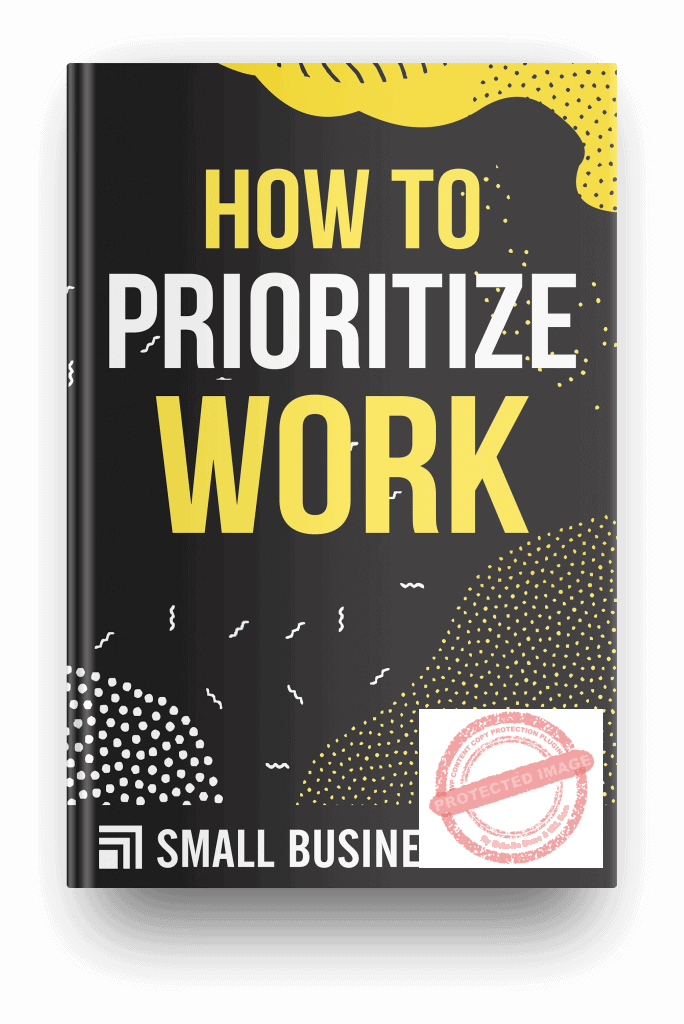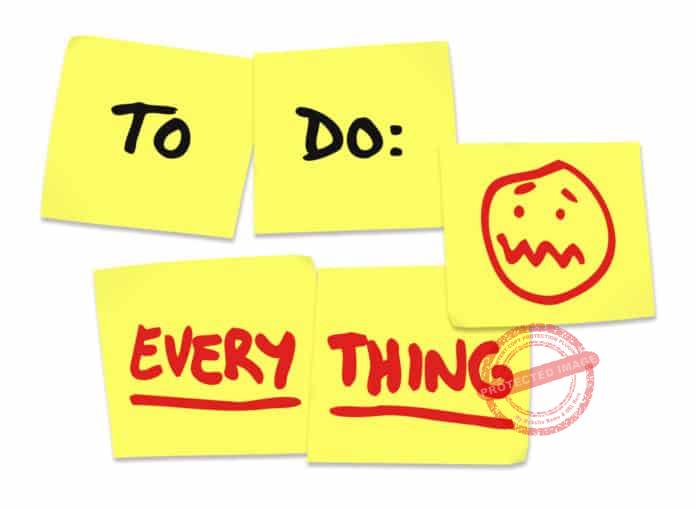How many times in your career have you been faced with the dilemma of knowing which of your tasks to prioritize? It’s difficult especially when all of them seem to be important.
As a leader, you’re pressured every day to ensure everyone is doing the tasks as they should.
So it is crucial that you understand how to prioritize work.
One of the things a leader must think about is organizing and prioritizing tasks.
This isn’t an easy job but, the future of your company is in your hands.
You are the decision-maker, and your employees will act according to your resolutions.
Many leaders often fail at prioritizing work.
This may lead to failure and grave consequences for the whole company.
That’s why, as a leader, you should improve on your ability to prioritize work effectively.
If you have a lot of tasks to finish, pressuring your employees to do everything isn’t the best idea.
Success will depend on the proper dispensation of your time and resources.
Get your employees to focus on tasks based on a ladder of priorities.
This will help you manage workload for an effective outcome.
Let’s start with tips on how to prioritize your work.
Prioritize Urgent Tasks
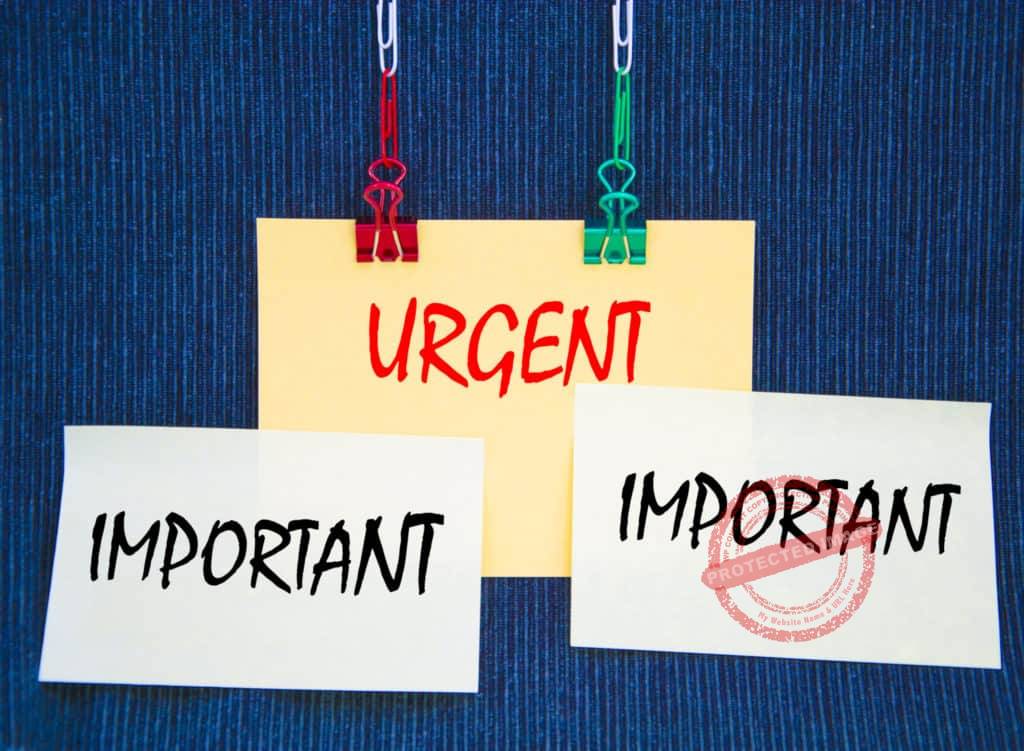
Before starting with a clean slate, the first step on how to organize tasks effectively is to finish urgent tasks.
The next steps would be easier if you don’t have anything to think about.
Remember, ‘important’ is different from ‘urgent’.
Urgent tasks are those that would need to be done within a short amount of time.
If left undone, they often have grave consequences.
To identify these tasks, see if they answer these questions;
- Will this have a significant critical effect on my company?
- What will be the negative consequences if I miss the deadline?
- Will the problem become bigger if I don’t act on it ASAP [As Soon As Possible]?
If you answer Yes to these questions, move them high up on your list of priorities.
Collect And Separate Your Tasks

Once you’ve made sure that urgent and critical work matters are prioritized, it’s time to figure out how to manage the workload.
Make a list of all your other tasks.
These include every activity no matter how small or important they are.
Then, separate them into groups:
Group 1
Tasks that would affect all the other tasks and also your company along the way go under Group 1.
These may include hiring employees, accepting new project proposals, and approving next year’s budget.
Group 2
In Group 2, you should list down the things you must do for the day; in short, your job description’s activities.
These may include supervising your employees, signing important paperwork, and checking on the progress of ongoing projects.
Group 3

There would be moments when unexpected jobs pop up, so include them in this group.
Unplanned tasks may still take much of your time.
Some of these duties include sudden conferences or even personal matters.
Group 4
In this group, list the tasks that you shouldn’t give much of your time.
These are tasks that often steer you away from your other important tasks.
These tasks can be left undone or can be delegated to other people.
The activities that you should put in Group 4 include checking your e-mail for newsletters or surfing the Internet.
In your bid to prioritize work by separating these tasks, ask yourself the following questions:
- Will the task live up to the company’s purpose and help achieve future endeavors?
- Does the task focus on your company’s main areas? (E.g. efficiency, company image, relations, etc.)
- Does the task align with your company’s purpose and vision?
- Do you have employees whom you can delegate the task to?
- What are the positive and negative outcomes after finishing the task?

These questions should help you decide how to rank and group your activities.
Don’t rush into deciding and prioritizing work unless necessary.
Think about the time you’ll consume and the end result of the decisions you’ll be making.
Oftentimes, the listed tasks in Group 4 are the least valuable of all.
They may distract you from the important activities you should be doing.
Removing these unimportant tasks is an option when learning about how to set priorities at work.
Then, look at the other groups and rank them according to their value and the given time-frame.
For example, in prioritizing tasks, hiring a new marketing manager before delegating a task to your marketing team may be the best course of action.
Also, the number of people involved in the activity affects the value of the work.
If more people will be impacted by the task, the stakes and risks increase.
Use Different Tools For Prioritizing Tasks

If you still have a difficult time weighing the importance of your tasks, try using methods or tools for prioritizing tasks.
Decision Matrix

This may be one of the widely used tools by a lot of decision-makers.
It will help you know which tasks you want to focus on by rank.
- Create a table with the list of tasks you need to do. Put the name of the task on the first row and column of your table.
- For each pair, decide on which one is more important.
- Finally, count how many times you have selected that task.
| A. Purchase new equipment | B. Start a new project | C. Update company website | D. Read newsletters | |
| A. Purchase new equipment | A | C | A | |
| B. Start a new project | B | C | ||
| C. Update company website | C | |||
| D. Read newsletters |
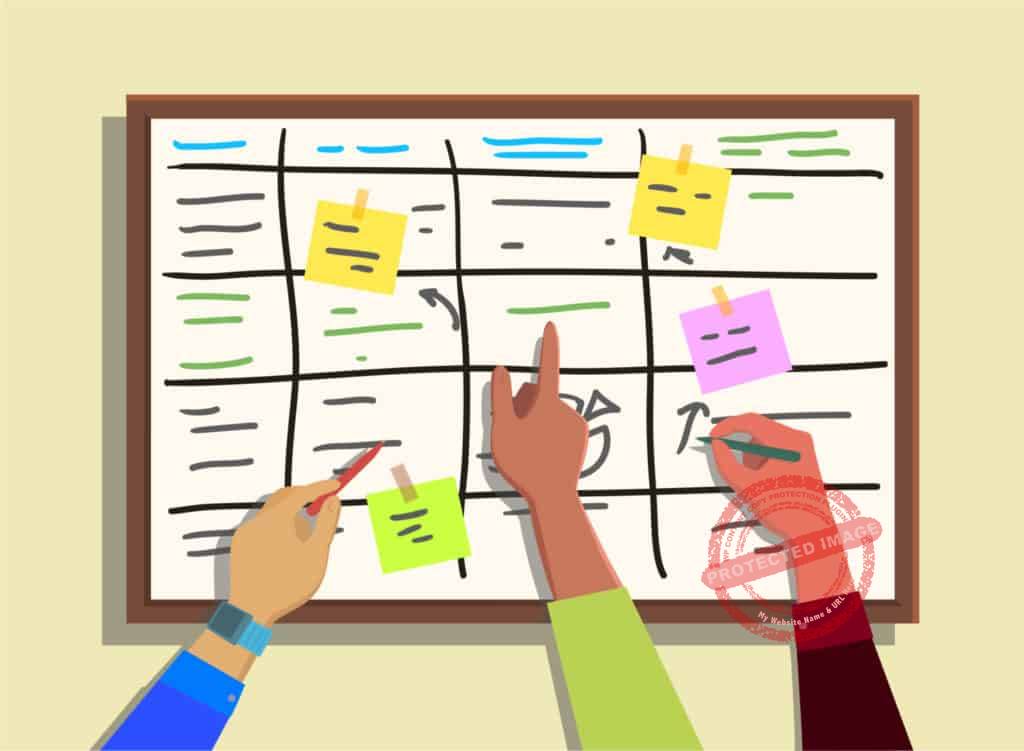
- Purchase new equipment – 2
- Start a new project – 1
- Update company website – 3
- Read newsletters – 0
From this matrix, you can see that task C had the most number of choices.
This means that you will prioritize your work in this order: C, A, B, and D.
You can use the traditional method of writing your table on paper.
You can also use applications like Microsoft Excel to make it easier to tally.
Plan Your Schedule By The Week
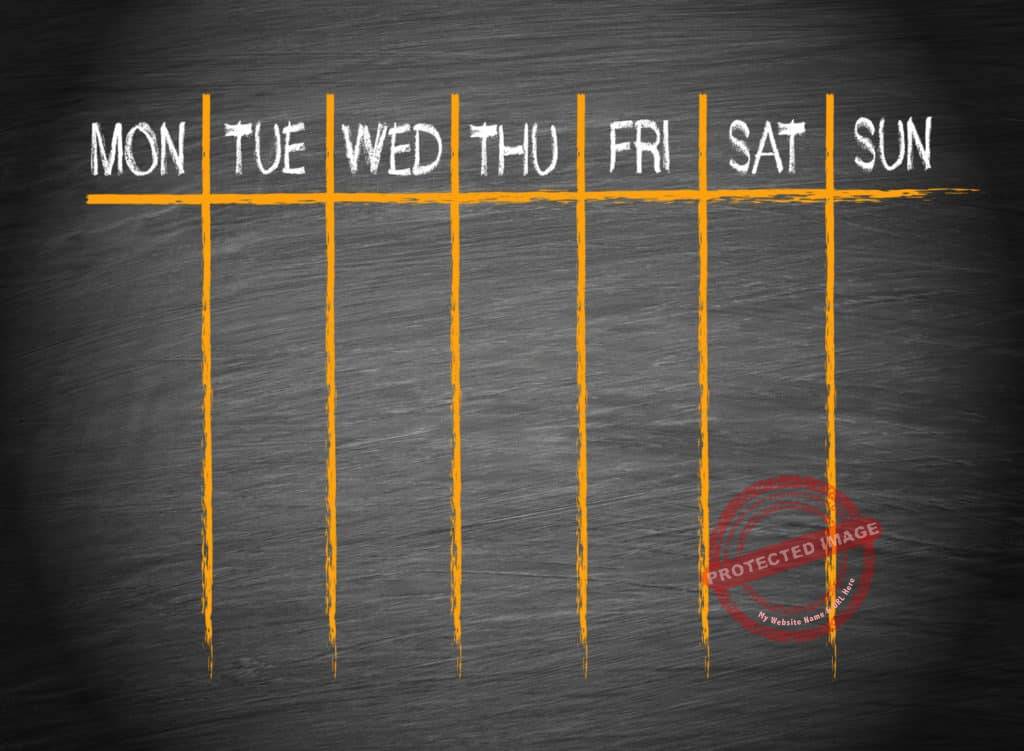
Planning is one of the best ways on how to organize tasks effectively.
It’s easy to get overwhelmed by a massive amount of work that needs to get done.
This is why setting your schedule daily and weekly is the best way to go.
List down all the tasks you need to finish each week.
Then, segregate the tasks into different days.
Make a daily prioritizing to-do-list to guide you through the week.
A schedule of activities will also help you avoid distractions.
You should stick to your planned schedule unless it’s highly necessary.
Of course, there are urgent matters that may suddenly pop up.
Give some free time in your schedule for these unexpected jobs.
This way, your other tasks won’t get compromised.
Weigh In Tasks Based On Estimated Time And Effort

Certain activities need more effort and time to complete.
When some tasks seem to have the same value, look at their difficulty.
You can go two ways from here.
First, you can start off with heavier tasks.
You can make a habit of prioritizing work by doing the most difficult tasks first.
Some people use this strategy to focus their fresh energy on longer and more difficult tasks.
More often than not, this will make sure that you can give efficient and successful results.
Second, you can start with smaller and easier activities.
Think of minor tasks as clutter in your house.
You need to clean it up first before getting into bigger activities like painting a room.

There are some who can’t focus on the major tasks while knowing they have other smaller things to do after.
No matter which one you choose, the important thing is to finish the task efficiently and on time.
Only you can determine your ability to prioritize.
Choose whichever strategy you’re more comfortable doing.
Deal With Distractions And Unexpected Tasks

Dealing with distractions is one of the important things to consider when learning to prioritize.
Every day, you’ll be faced with a lot of distractions that could cause you to fail in accomplishing your goals.
Any person – whether a boss or an employee – can easily get distracted.
In your list of tasks, eliminate anything that will not help you and your company grow.
Besides distractions, unexpected obligations and problems will often sneak in your schedule.
These may include emergency meetings or sudden calls from clients.
Unless it’s an urgent and also important matter, try to limit the time you give to these tasks.
Always have a mindset that there will be unforeseen activities every day.
This will help you avoid getting stressed over them.
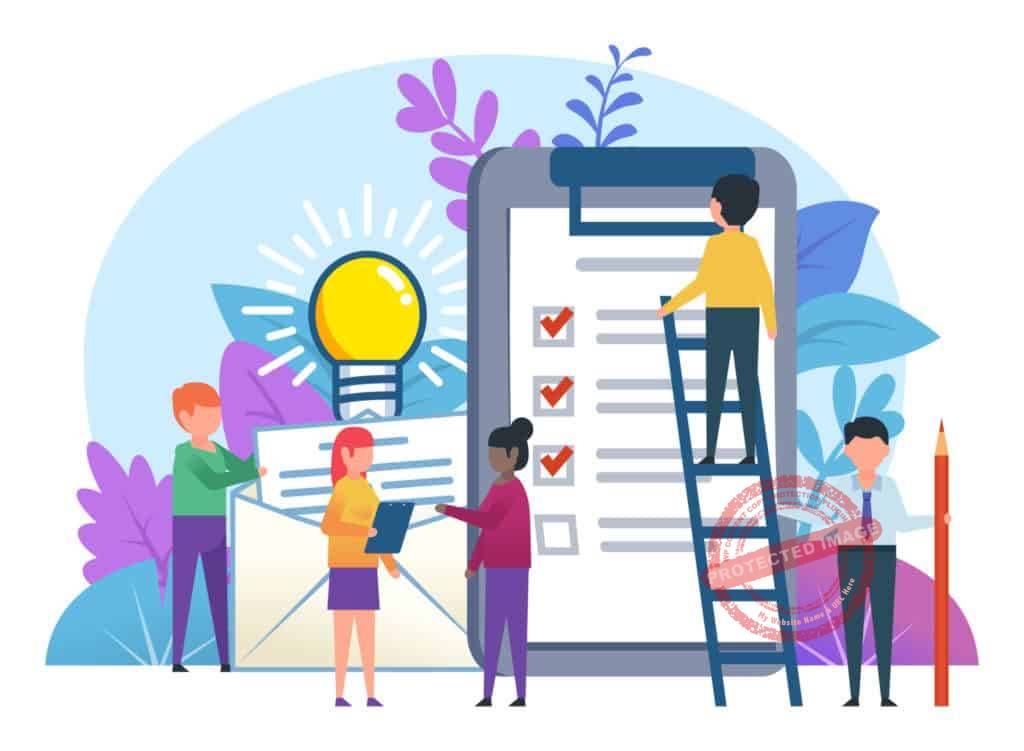
You may also delegate some of these tasks if you can.
But, you must also keep in mind your employees’ workload.
Avoid assigning tasks to employees who already have tons of work in their hands.
This may result in a poor outcome or delayed completion.
Delegate Work Wisely

A great boss will know how to make the most of his employees’ strengths.
Being able to give out tasks within the field of efficient employees will make everything easier.
Prioritizing workload doesn’t only involve you.
It also involves all the people who are working with and for you.
That’s why setting priorities at work will help your whole business flourish.
Ask yourself these questions:
- Who can I trust to finish this task?
- Should I delegate this task to somebody or should I do it myself?
- One of my best employees is already working on a project. Should I give him/her another job or should I give it to somebody else?
- Do all my employees have equal amounts of workload?
You should know what kind of tasks will go to whom, and when you should assign them.
If you can do this successfully, you’re one step closer to mastering how to prioritize your work.
Communicate With Your Employees

Being a decision-maker, you’ll have the final word on almost everything in the company.
You may give authority to other employees to make minor decisions.
Still, the most important decisions will always come from you.
But, you don’t have to be alone in this.
One of the best tips for prioritizing tasks would be to ask for opinions, and communicating with your employees.
You may think that this is such a cliché tip.
But, many businesses often fail at communicating effectively.
This usually happens with many companies who have remote employees and teams.
Use Different Tools And Means To Communicate Effectively
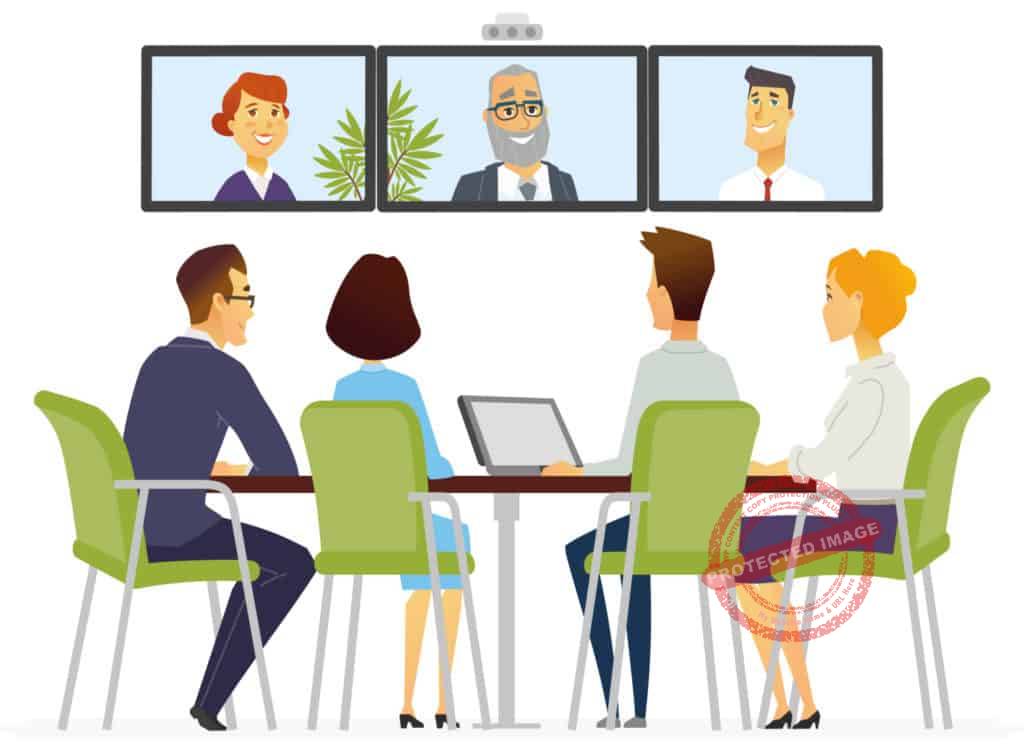
If you’re a boss of remote employees, make sure you take advantage of the different means to communicate.
There are e-mail, Skype, and other technologies you can make use of nowadays.
Communication doesn’t only mean that you receive reports or attend meetings.
There must be an emphasis on the most important matters.
Listen to others’ ideas and opinions to help you in your efforts on how to organize tasks effectively.
Your employees may have brilliant inputs that you may not think of yourself.
Make The Plans Visible To Everyone

Effective communication also involves giving out orders efficiently.
Making your teams aware of their prioritized to-do-list is one way to make sure everything goes well.
This will be their guide to make sure all major and minor jobs are done within schedule.
Also, keep them updated on their daily priorities, and give them deadlines for every task you give.
Giving them a deadline will help them sort out their daily priorities.
Take Advantage Of Task Management Software
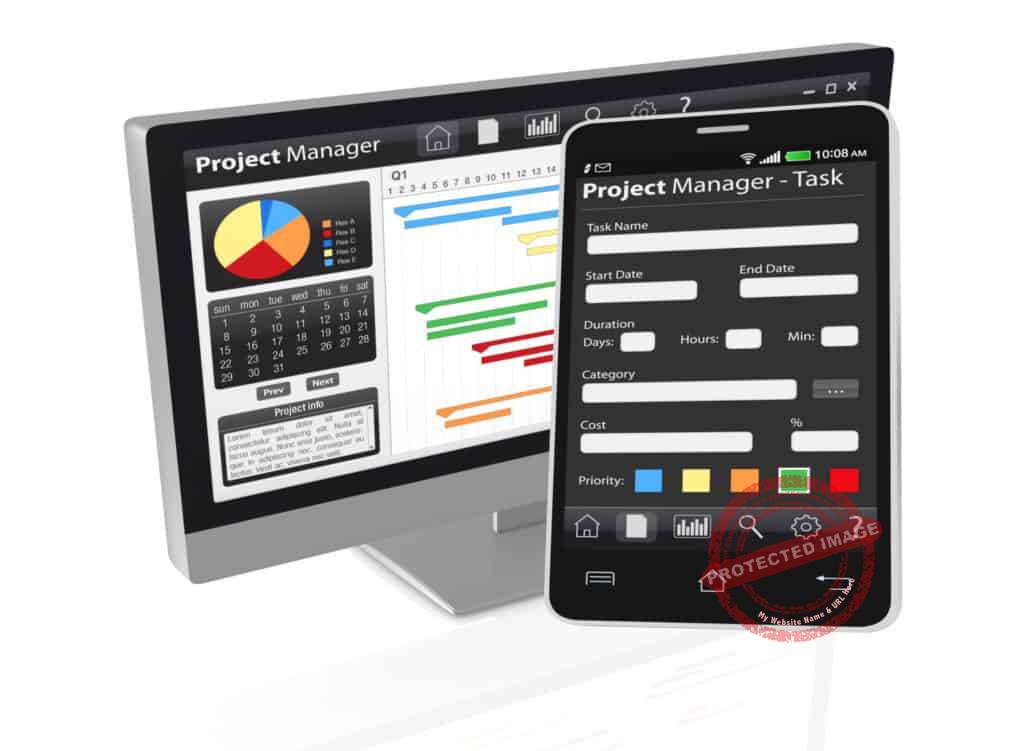
Reap the benefits of being in the 21st century. Use software that can help you manage your tasks.
There are many on the market that you can choose from and that can help you get on your way to learning to prioritize your work.
Task management software can also help you:
- Estimate time of completion and schedule tasks
- Track dependencies, milestones, and resources
- Suggest courses of action with priority shifts
- Collaborate with teams
Sadly, the software can’t make decisions for you.
But, using one can make your work easier.
This will help eliminate other tasks from your priority list.
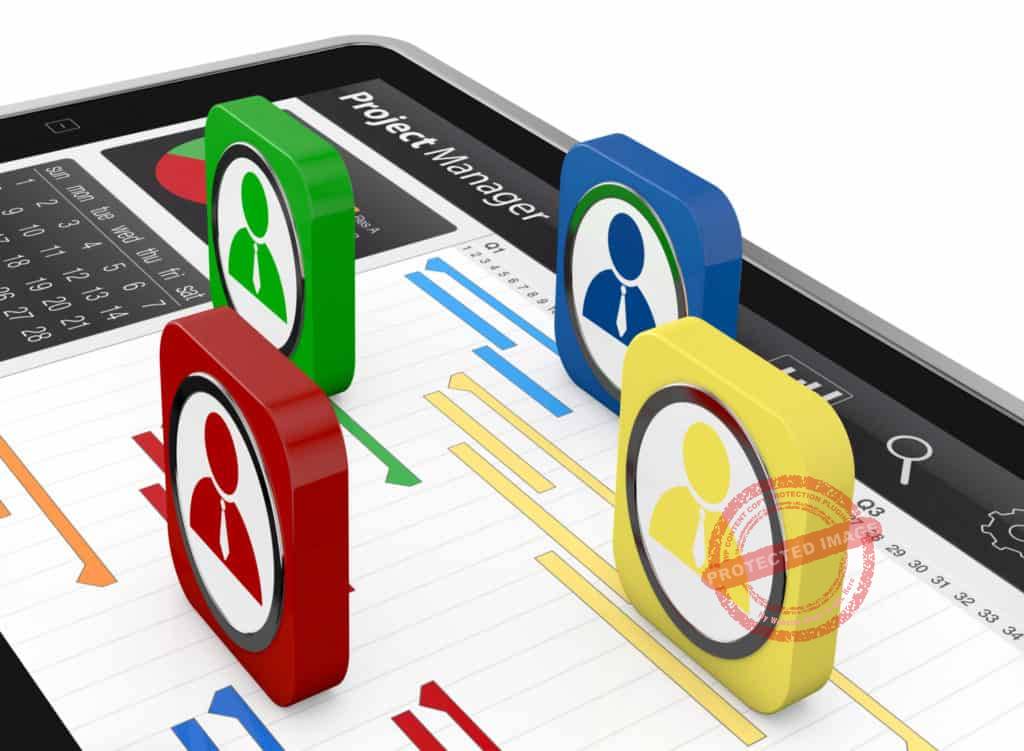
You can already shorten the time spent in giving out tasks to your employees by using this software.
No need to personally call them and have meetings.
Instead, you can send out tasks through the software.
Also, you can keep track of the progress of your projects.
This will help you know immediately if you need to make adjustments to your planned schedule.
Include Breaks In Your Priority List
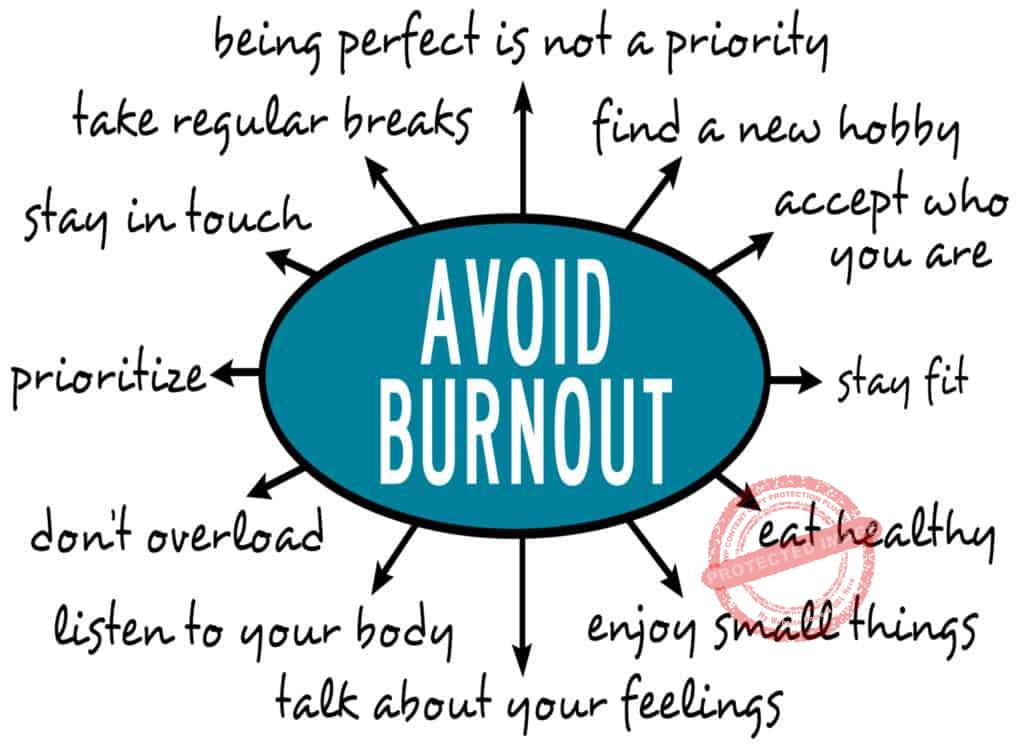
It seems quite hard to get away from work sometimes.
But, it’s essential to have vacations or even short breaks from all the stress of working.
Including these in your priority list is a must.
It’s important that you re-energize your mind and body.
You won’t be able to learn how to set priorities right if you’re burned out.
You can go on a weekend getaway, simply spend time with your family, or give time for a hobby.
This also goes for your employees.
You should let them rest, especially after finishing a big project before starting the next item on your priority list.
Learning how to prioritize your work is not an easy task.
It’s a skill that needs to be practiced and improved over time.
Look through the tips for prioritizing your tasks above several times to get a grip on how to do it right.
Do the above strategies for prioritizing work differ from your own style?
Please share your views!
Click on Buy Now For a PDF Version of This Blog Post
 |
